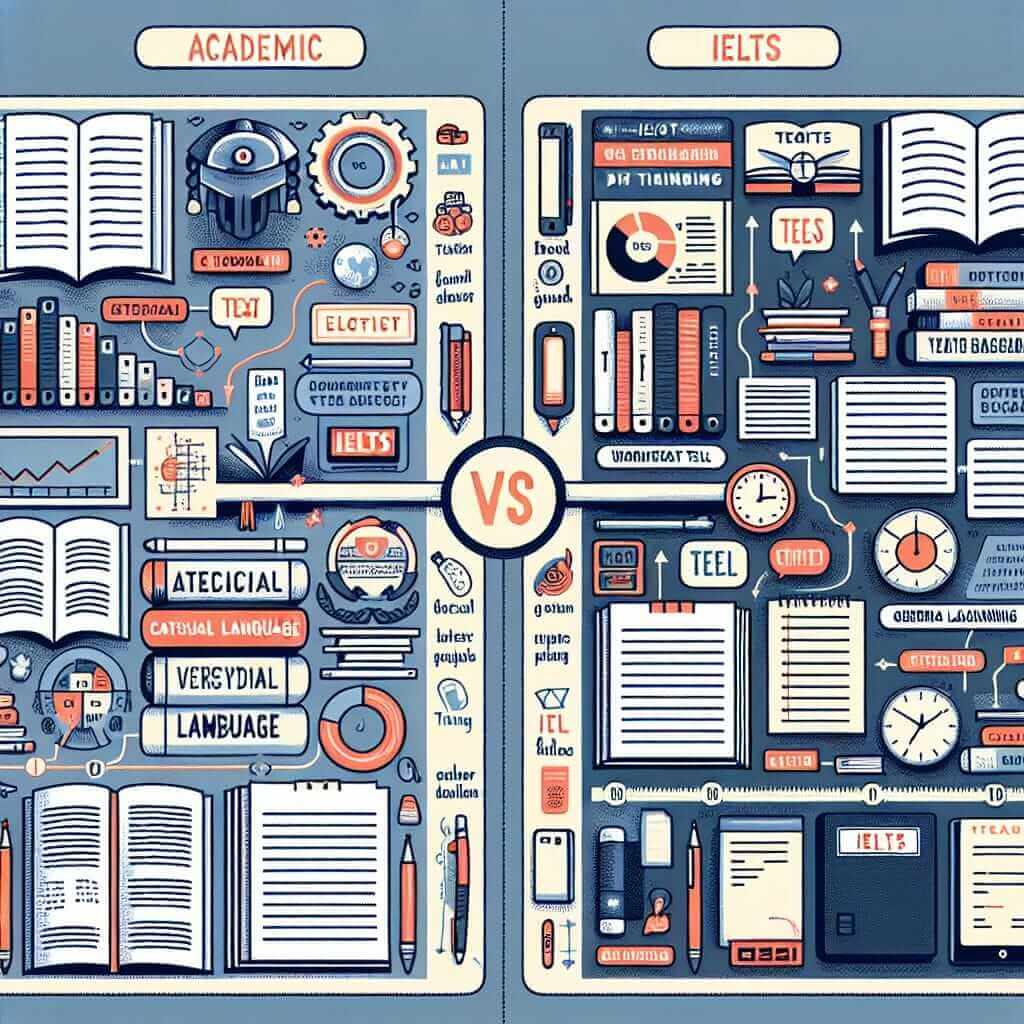As an IELTS instructor with over two decades of experience, I’ve guided countless students through the intricacies of this exam. “How IELTS works” is a question I encounter frequently, and it’s a crucial one to address. A deep understanding of the test’s structure and scoring criteria can significantly impact your performance.
This guide delves into the mechanics of the IELTS exam, providing you with the knowledge needed to approach each section strategically and confidently.
Deconstructing the IELTS Exam: Understanding the Components
The IELTS exam assesses your English language proficiency across four key skills: Listening, Reading, Writing, and Speaking. Let’s break down each section:
Listening
What it tests: Your ability to comprehend spoken English in various accents and contexts.
Format:
- 4 sections: Each section progressively increases in difficulty.
- 40 questions: Question types include multiple choice, sentence completion, and diagram labeling.
- Recording played only once: This tests your ability to listen for specific information and take notes effectively.
Reading
What it tests: Your reading comprehension skills, including understanding main ideas, details, inferences, and the writer’s opinion.
Format:
- 3 sections: Each section features a long-form text on an academic topic.
- 40 questions: Question types are similar to the Listening section.
Writing
What it tests: Your ability to express ideas clearly and cohesively in written English.
Format:
- 2 tasks:
- Task 1 (Academic): Describe, summarize, or explain visual information (graphs, charts, diagrams).
- Task 1 (General Training): Write a letter in a personal, semi-formal, or formal style.
- Task 2 (Both versions): Write an essay expressing your opinion or analyzing a given topic.

Speaking
What it tests: Your ability to communicate effectively in English in a face-to-face interview.
Format:
- 3 parts:
- Part 1: Introduction and interview: You answer questions about yourself and familiar topics.
- Part 2: Individual long turn: You speak for 1-2 minutes on a given topic using provided cues.
- Part 3: Two-way discussion: You engage in a deeper discussion with the examiner related to the topic in Part 2.
Scoring and Band Descriptors: What Constitutes Success
IELTS uses a band score system from 0 to 9, with 9 being the highest level of proficiency. Each section is scored individually, and an overall band score is calculated.
Key to understanding your score:
- Band descriptors: These detailed descriptions outline the language skills demonstrated at each band level for each skill. Familiarizing yourself with these descriptors can help you target areas for improvement.
Tips for IELTS Success: From Classroom to Examination Hall
Here are some invaluable tips based on my years of experience:
- Start early: Don’t underestimate the time needed to improve your English proficiency.
- Practice consistently: Regularly engage with all four skills using authentic IELTS materials.
- Master time management: Time is a constraint in the IELTS exam, so practice working under timed conditions.
- Seek feedback: Have a teacher or tutor assess your writing and speaking to identify areas for improvement.
- Familiarize yourself with the test format: Knowing what to expect on test day can reduce anxiety and improve performance.
Conclusion: Embrace the Journey to IELTS Success
Understanding “how IELTS works” is the first step on your path to achieving your desired score. By embracing a structured approach to learning, consistent practice, and effective time management, you can confidently approach the IELTS exam and demonstrate your English language proficiency. Remember, the key is not just to memorize, but to understand and apply.